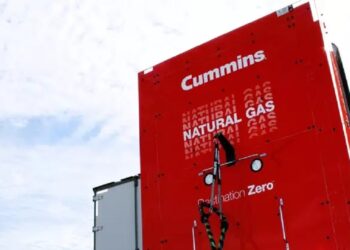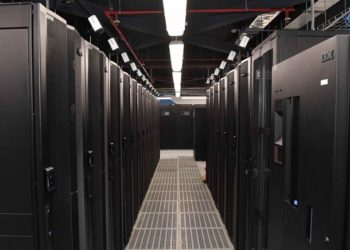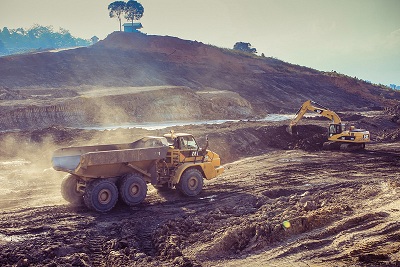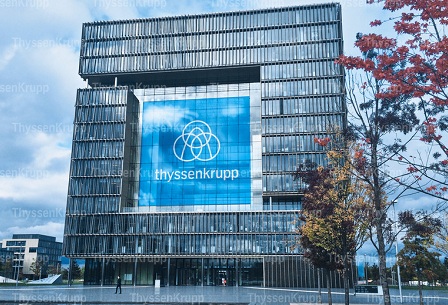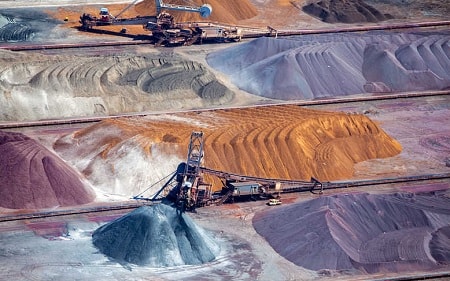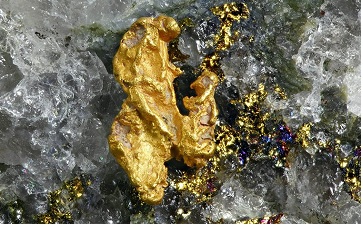Contributed by David Hegarty, Cadre general manager
A LARGE mining company throws away tens of millions of dollars a year on training that doesn’t work, applying inefficient and outdated teaching methods to new generation training problems. By better understanding how miners learn, what they need from training to perform and applying the right knowledge management system across your business processes, mining companies can make training more efficient and stop letting as much as 90% of their training budget go to waste. In fact, looking inwards and rethinking training could well be the next unique competitive advantage.
TLS Cadre tyreThroughout our business the key drivers are productivity and safety. One of the unique things about learning needs for the mining industry is this direct connection between knowledge and safety. Despite the improvements made through automation, explosives, heavy equipment and high temperatures still make it an inherently dangerous working environment, making information gaps even more critical and serious than other industries.
Like all businesses the resource industry is in a constant search for competitive advantage, usually looking to technologies like automation and modelling combined with workplace efficiencies for the next breakthrough. All companies go through this, but the big question is ‘where is the next opportunity for a unique competitive advantage?’ To answer this we must first look at what we’re doing wrong then look to success in other sectors that are further along the technology curve.
The changing workplace
The knowledge needs of the mining workforce have changed dramatically in the last decade – skills that have been unchanged since mechanization have been revolutionized by software and automation, staffing levels have been reduced and mobility of the workforce increased.
Responding to massive change requires a matching shift in how we train and support our workforce with the knowledge they need to perform.
Traditional training models cannot keep pace with the demands of the new workplace and the mining sector has also been slow to respond.
Current learning practice for the mining industry frequently relies on a single training event, whether online or face to face, supported by a single test delivered within moments of receiving a flood of new information. The problem with this is an age old one – what this is really testing is the staff member’s short-term memory and you can bet the majority of that information has been well and truly forgotten by the time you need them to be able to apply it in their role. The results of this training approach are learners who are technically compliant but practically non-functional.
A huge amount of the mining industry’s investment in training is lost to the ‘Curve of Forgetting’ which current research shows is as accurate as when Professor Hermab Ebbinghous first wrote about it in 1885. For a single training event, we forget 90% of what we’ve been taught within the first week.
If we were to apply a dollar figure to how much of what we try to teach is forgotten in the first fortnight, it would be startling. Large global mining corporations that spend $100 million on training each year for less than 10% of what’s taught to actually be retained are ostensibly wasting $90 million of that investment. But in fact, it’s worse than that, because the consequences of that failure in knowledge lead to accidents, unplanned stoppages and loss of productivity. The costs of a single unplanned shutdown caused by operator error can make the training costs seem trivial.
So, the true cost of a failure to provide staff with the knowledge to perform is huge.
How do miners really learn?
We spend a lot of time trying to teach miners operational detail that they don’t need to know and have no chance of remembering. A classic mistake we see all the time are companies handing us their operations manual and asking us to turn it into eLearning – but this simply isn’t possible. If your employees could learn and retain everything in that manual, they wouldn’t be working for you – they would be counting cards in Vegas.
Miners are fundamentally practical people and they tend to learn in practical, applied ways. Seeing a PowerPoint list of things they’re supposed to know isn’t going to engage them. Imparting skills and knowledge requires an authentic context that looks and feels like the workplace.
A well-designed, custom solution is critical for mining because the differences between sites can be subtle but significant. For example, knowing the difference in tag-out colours can be a life and death scenario but expecting your staff to memorize multiple colours can mean they learn and retain a couple but potentially forget the most vital ones.
Miners tend to be visual learners, which is not surprising as in almost every role whether geologist, drill operator or plant operator they are constantly visually surveying the environment and making decisions. Instead of talking about the dangers of dust or working in a hot environment, show them and give them an interactive visual environment to explore and learn about the dangers.
Also miners tend to respect the accumulated knowledge and genuine experience of their colleagues who are familiar with the job and the site. For miners, learning is a personal experience – they love to hear the authentic experiences because it makes the knowledge real, not stuff from the manual. Using real stories and real people in your learning will make for a better experience and retention.
And finally, they learn by asking. Historically miners would always have had a peer group of experienced people to question, something that modern, lean mining practices has made increasingly difficult. Where previously workers may have had the combined expertise of 50 people to draw on in crib room chat, automation may have reduced that expertise to five, and as a consequence, the social aspect of learning and mentoring is reduced. Social learning is one of the most vital elements of staff development and one that we must find new ways to facilitate and support.
TLS Cadre 5 supportPoint MobileKnowledge to perform
Outside the resources industry organizations we see that are rethinking training for a competitive advantage are those able to provide their team with the knowledge they need to perform when they actually need it.
Instead of filling formal training with technical details that cannot humanly be recalled, offering it at the point of need means the knowledge is there when it’s needed and always accurate. It means chopping up that manual, bringing it into performance support that recognizes the role and the task, and is available exactly at the point of need – this is the reality of performance improvements being rolled out across some of Australia’s largest and most information-rich industries.
Next unique competitive advantage
For one of the biggest names in banking, a straightforward performance support solution saved more than $300 million by reducing human errors previously caused by ineffective training.
The same kinds of efficiencies could be achieved through application to any company’s ERP where the costs of errors are enormous. Rethinking how you teach and giving people the information they need, when they actually need it has the capacity to be your next biggest unique competitive advantage.
Sure, 20 years ago the guy on the shovel had very different toolsets to the guy doing oil body modelling on a computer. But now, almost everyone is looking at a screen for at least a part of their living.
For anyone working in mining and using software performance support is easy and perfect because we can put expert knowledge and link it directly to the stages of each task, which means people never need to guess or ask or make a mistake. They just click on the question mark and have the information they need to perform.
Taking performance support into the field
Is performance support just for staff who predominantly look at screens for a living? Not at all, there are also contextual learning solutions for both ‘BYOD’ and organizational mobile platforms that can provide knowledge at the point of need associated to literally any location or object.
Learning and development can now use technology like QR codes, near field communications or geolocation to present workers with timely safety advice, data or best practice literally wherever it’s needed – from changing a tyre or conveyor belt to maintaining and monitoring software platforms.
TLS Cadre tyreGetting the right blend
Performance support isn’t a replacement for traditional training but is a great supplement and means that a lot of the heavy detail can be taken out of formal training so teachers can focus on just the most vital safety information in formal learning sessions.
Really smart mining companies are using contextual high quality eLearning for the real essentials that equip new employees to arrive on a site and be safe and how to find other information as they go – then breaking down the operations manual into knowledge delivered at the point of need through new learning technologies like performance support.
Clearing out the content they can’t remember anyway means being able to do a lot more with the part that really matters – a unique competitive advantage that will save millions in wasted training costs, improve safety and reduce errors through a more targeted approach to knowledge management.



